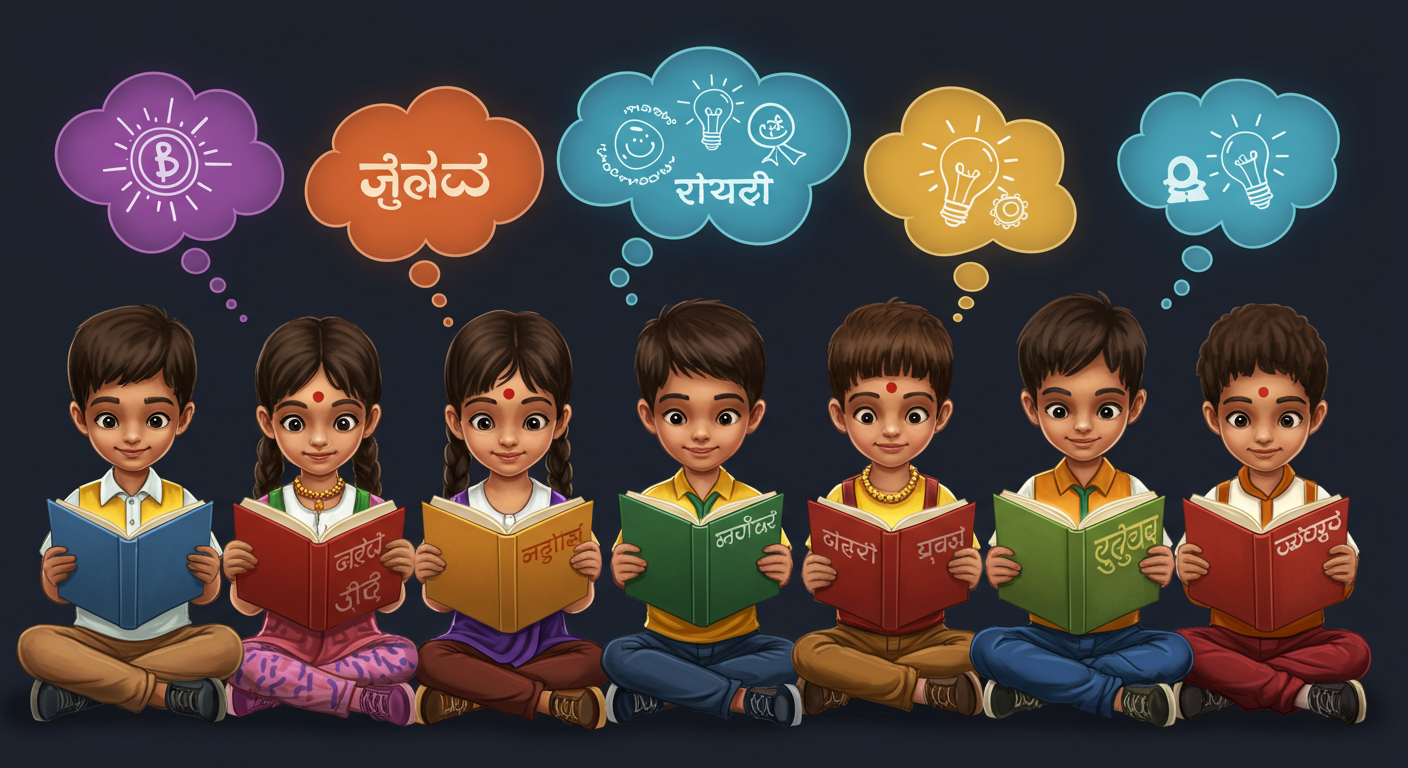
The recent comments from Karnataka Chief Minister, Siddaramaiah, have truly resonated with me, highlighting a critical issue that I have pondered for years: the impact of English and Hindi on our children’s innate talent "Language row: Karnataka CM says English, Hindi hurting children’s talent" by IANS, "Language row: Karnataka CM says English, Hindi hurting children’s talent" by Times of India, "దక్షిణాదిన హిందీ వివాదం వేళ.. కర్ణాటక సీఎం సిద్ధరామయ్య సంచలన వ్యాఖ్యలు" by Samayam Telugu.
Siddaramaiah's observation that children in developed nations thrive by thinking, learning, and dreaming in their mother tongue, while our focus on English and Hindi might be weakening this natural talent, strikes at the heart of our educational dilemma. It brings to mind a blog I wrote back in 2013, titled "Parents Know Best." In it, I noted the massive shift towards English medium schools and even predicted that English could overtake Hindi in enrollment, largely due to the prevalence of English educational content in the digital realm. It was clear then, as it is now, that parents, with the best intentions, see English as the key to success. But what if this comes at the cost of genuine innovation and the flourishing of unique talent?
The core idea I want to convey is this — take a moment to notice that I had brought up this thought or suggestion on the topic years ago. I had already predicted this outcome or challenge, and I had even proposed a solution at the time. Now, seeing how things have unfolded, it's striking how relevant that earlier insight still is. Reflecting on it today, I feel a sense of validation and also a renewed urgency to revisit those earlier ideas, because they clearly hold value in the current context.
This is precisely why initiatives like www.My-Teacher.in and the Hanooman AI model are so vital. When I launched the multi-language mock tests on My-Teacher.in, offering NEET, JEE, and CET tests in nine Indic languages, including Kannada, Hindi, and English, it was a conscious effort to level the playing field. It was about empowering students, especially those in our 1.2 million village schools, who are often more comfortable engaging with complex concepts in their mother tongue. My vision has always been to enable self-education, believing that "The only Education worth its name, is SELF EDUCATION."
Similarly, the IIT Bombay project to create Hanooman, an AI model for Indic languages, further underscores this point "Meet India’s own ChatGPT-style AI model Hanooman" by myblogepage. It’s about ensuring that technology serves our diverse linguistic landscape, rather than forcing a monolithic approach. These efforts are not merely about translation; they are about fostering deeper understanding and enabling children to learn and express themselves in the language that comes most naturally to them.
Siddaramaiah's call for the central government to enact legislation making mother tongue the medium of instruction is a powerful reminder that we must cherish and cultivate our linguistic diversity. It's not about rejecting English or Hindi, but about balancing their importance with the profound cognitive and cultural benefits of learning in one's mother tongue. Our goal should be to provide every child the opportunity to excel, allowing their talent to blossom in the language they truly connect with, creating an inclusive and equitable educational future for all.
Regards,
Hemen Parekh
Of course, if you wish, you can debate this topic with my Virtual Avatar at : hemenparekh.ai






No comments:
Post a Comment